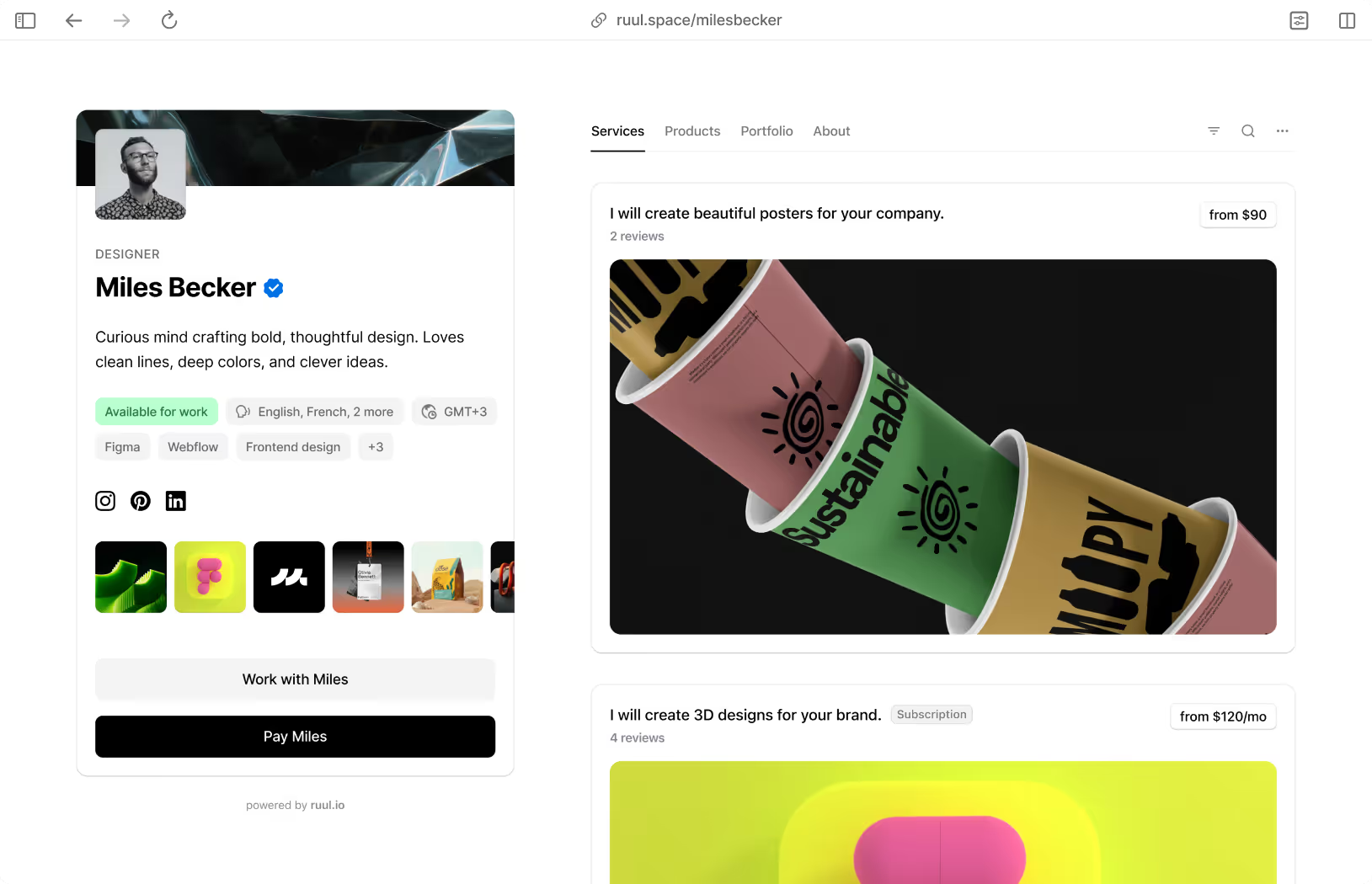The need for freelance web developers is growing. This is due to various causes, including the expanding popularity of e-commerce, the increasing demand for mobile-friendly websites, and the increased complexity of web development. Freelance web developers have a lot of independence and flexibility, but they also have to be able to manage their own time and finances and discover and work with clients.
To make sure that you don’t have any obstacles in your way, let’s review the steps to becoming a successful freelance web developer. These steps include obtaining a solid foundation for web development, building an excellent portfolio, and getting clients as a freelance web developer.
Here are the steps you can follow to start your freelance web developer career.
Step 1: Learn web development fundamentals
Learning the fundamentals of web development is the first step toward becoming a freelance web developer. This includes becoming acquainted with HTML, CSS, and JavaScript.
HTML is the language used to create the structure of a web page. It specifies page elements such as headings, paragraphs, images, and tables.
CSS is the language that is used to style a website. It determines how elements on a page appear by customizing the font, color, and text size.
JavaScript is the language used to add interactivity to a web page. It can be used to create animations, games, and other interactive elements.
Many resources are available to help you learn the principles of web development. Some popular options are:
- Codecademy provides interactive HTML, CSS, and JavaScript tutorials.
- FreeCodeCamp is a non-profit that provides free coding boot camps.
- The Odin Project is a free, open-source web development curriculum.
It is vital to practice your web developer skills by developing projects in addition to understanding the fundamentals. This will help you solidify your knowledge and improve your problem-solving abilities.
Step 2: Expand your skill set
Expanding your skill set will increase your marketability to potential clients and allow you to take on more advanced projects.
There are numerous ways to expand your skill set. You can:
- Learn new programming languages and frameworks like Python, Ruby on Rails, or PHP.
- Discover the latest web development frameworks and technologies.
- Attend online classes or workshops.
- Read web development books and publications.
- Participate in conferences and meetups.
Finding a method that works for you and being patient with your learning is the best way to expand your web developer skill set. There is no one-size-fits-all approach, so try out different approaches until you discover one that you like and that helps you learn.
Advanced learning resources
There are many advanced learning resources accessible to help you expand your skill set. Some popular choices are:
- Udemy offers a wide range of web developer courses.
- Coursera offers online web development classes from prestigious universities and institutions.
- O’Reilly publishes web development books and articles.
- Stack Overflow is a platform where developers can ask and answer web development questions.
These are just a handful of the many resources available to help you in expanding your skill set. You can become a freelance web developer in demand by potential clients with a little effort!
Step 3: Build your portfolio
A portfolio is a compilation of your work that you can use to show potential clients your skills and experience. It is a must-have for any freelance web developer.
It is important to highlight your best work when building your web developer portfolio. This entails selecting projects that are well-designed, well-written, and show your problem-solving skills. You should also give a brief explanation of each project, outlining what you accomplished and what you learned.
Finally, make sure your portfolio is visually appealing and easy to navigate.
Here are some suggestions for building a portfolio:
- Choose a platform. There are many platforms available for building a portfolio, including WordPress, Wix, and Squarespace. Choose a platform that is easy to use and allows you to present your work to its greatest advantage.
- Highlight your best work. When selecting projects for your portfolio, make sure that you include your most well-done work.
- Use high-quality images and videos. Images and videos can help to improve the visual appeal and engagement of your portfolio. Make sure to utilize high-quality images and videos that best represent your work.
- Make it mobile-friendly. We all use our phones and tablets to browse the web. Make sure your portfolio is mobile-friendly so that potential clients can readily access it.
- Keep it updated. Your portfolio should be a live document that you update with new projects on a regular basis. This will demonstrate to potential clients that you are actively working and continually learning and growing as a web developer.
- Promote your portfolio. You need to promote your portfolio once it has been created. Submit it to relevant websites and directories and share it on social media to get the most out of your portfolio.
Step 4: Establish your online presence
In today’s digital world, freelance web developers must have a strong online presence. This includes establishing a website, social media profiles, and other online assets that show potential clients your skills and experience.
Here are some tips to help you establish your online presence:
- Create a website. Your website serves as your online headquarters. It should be well-designed, user-friendly, and informative. Include a portfolio, contact information, and any other relevant information.
- Use social media. Social media is an excellent tool for connecting with potential clients and showcasing your work. Make sure to post regularly and interact with people.
- Write SEO-friendly content. Make sure to optimize your blog posts, articles, and other content for search engines. This will make it easier for potential clients to find you.




.avif)





